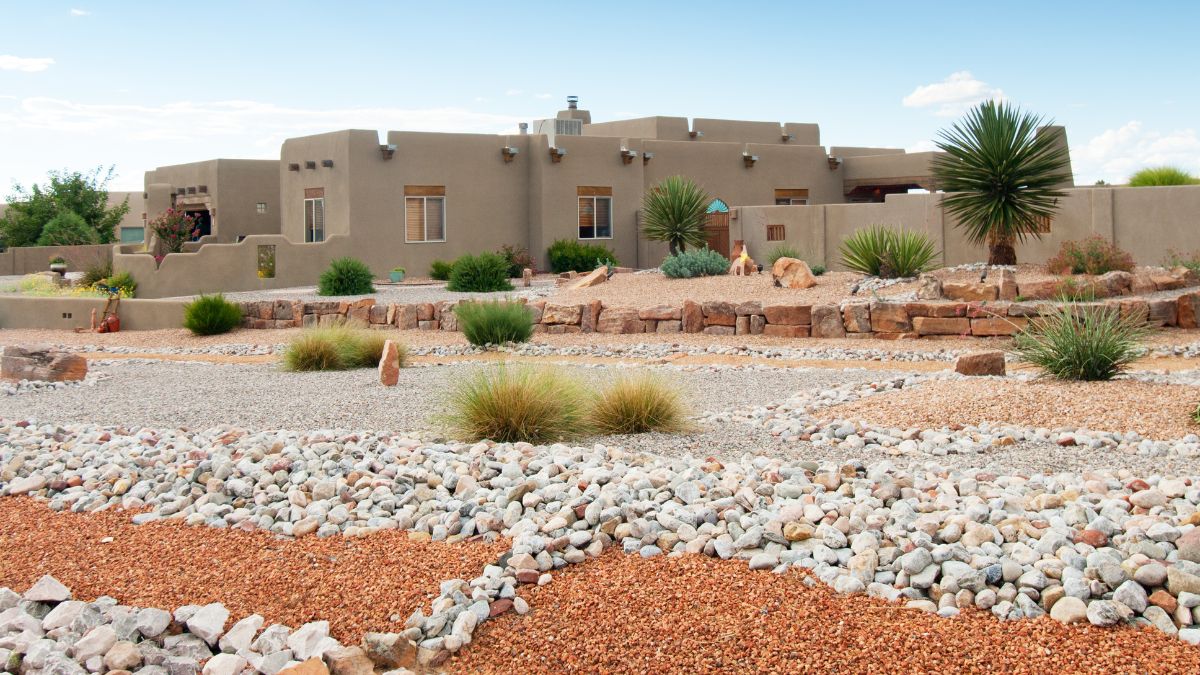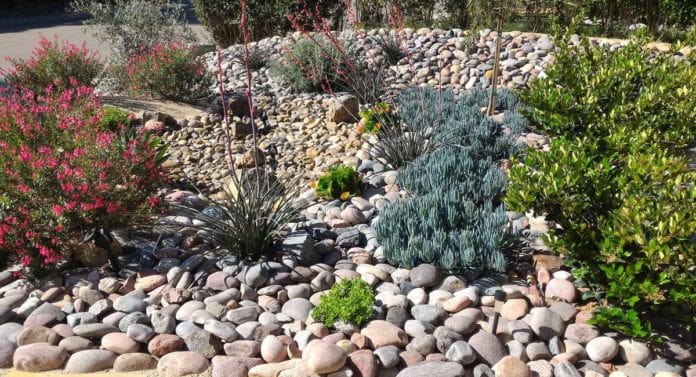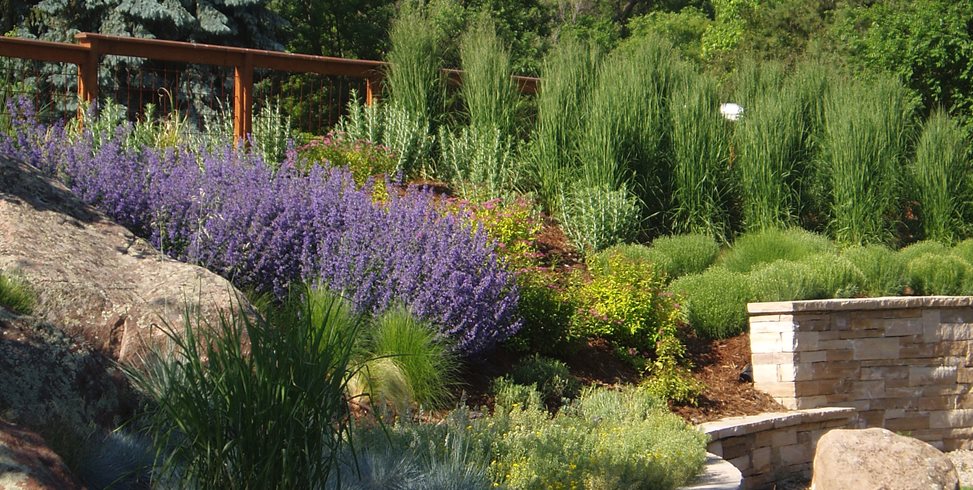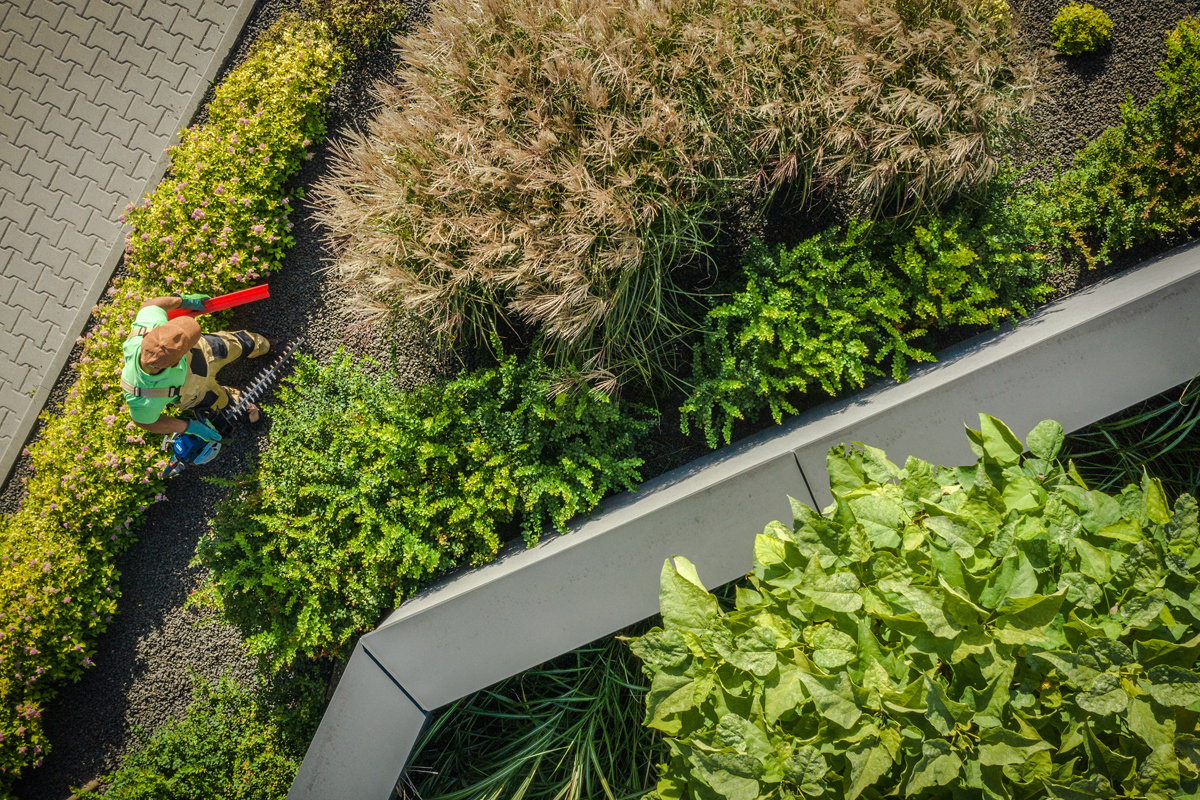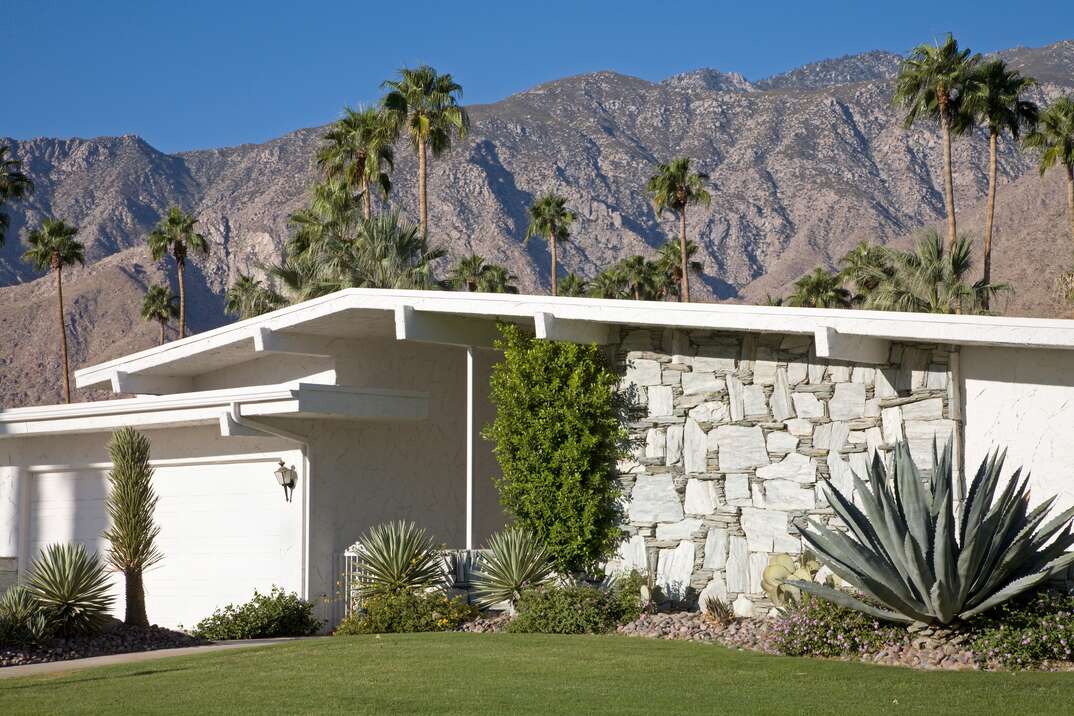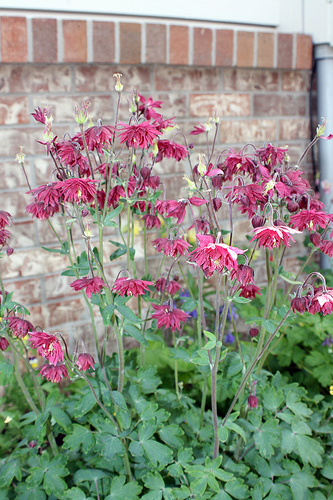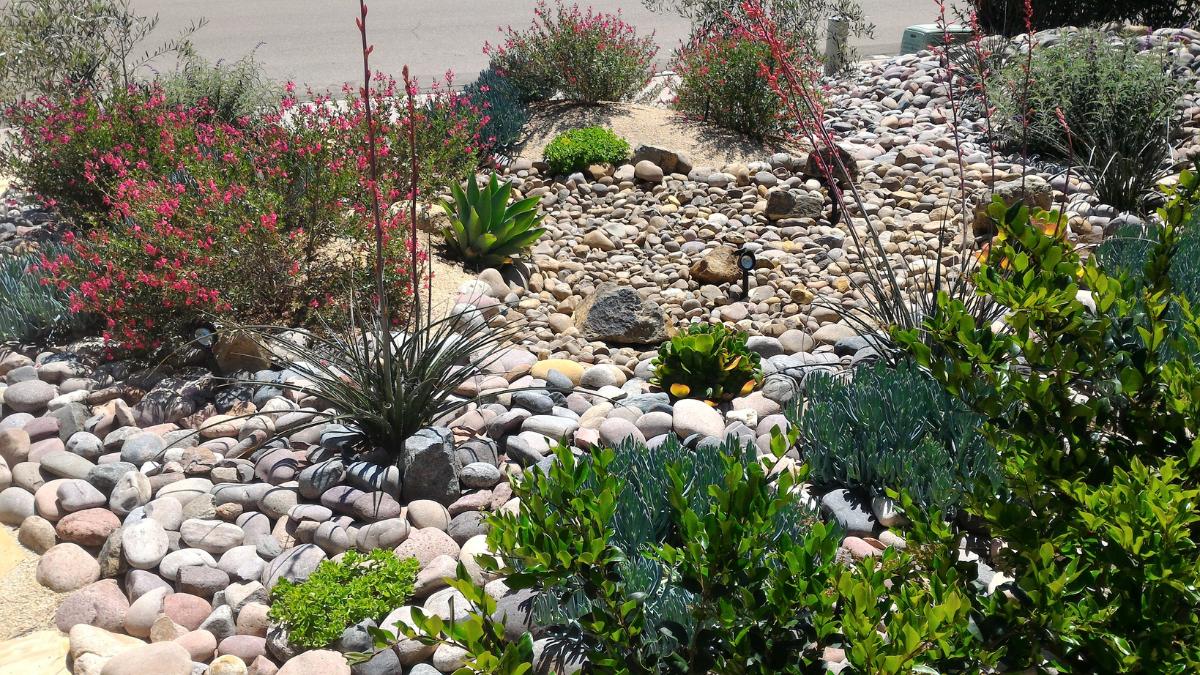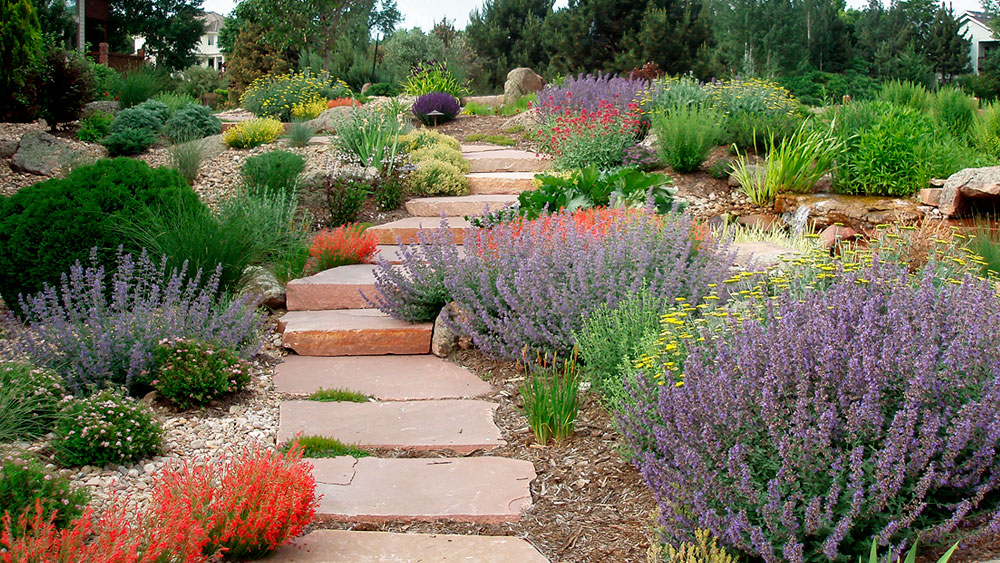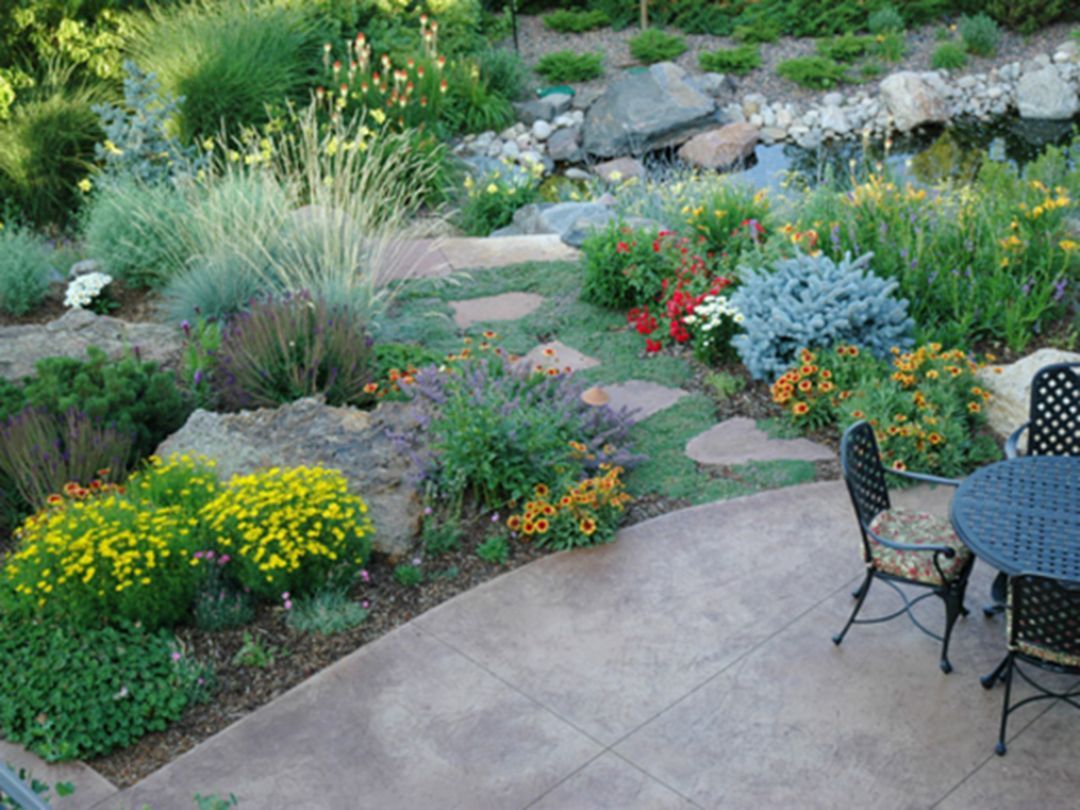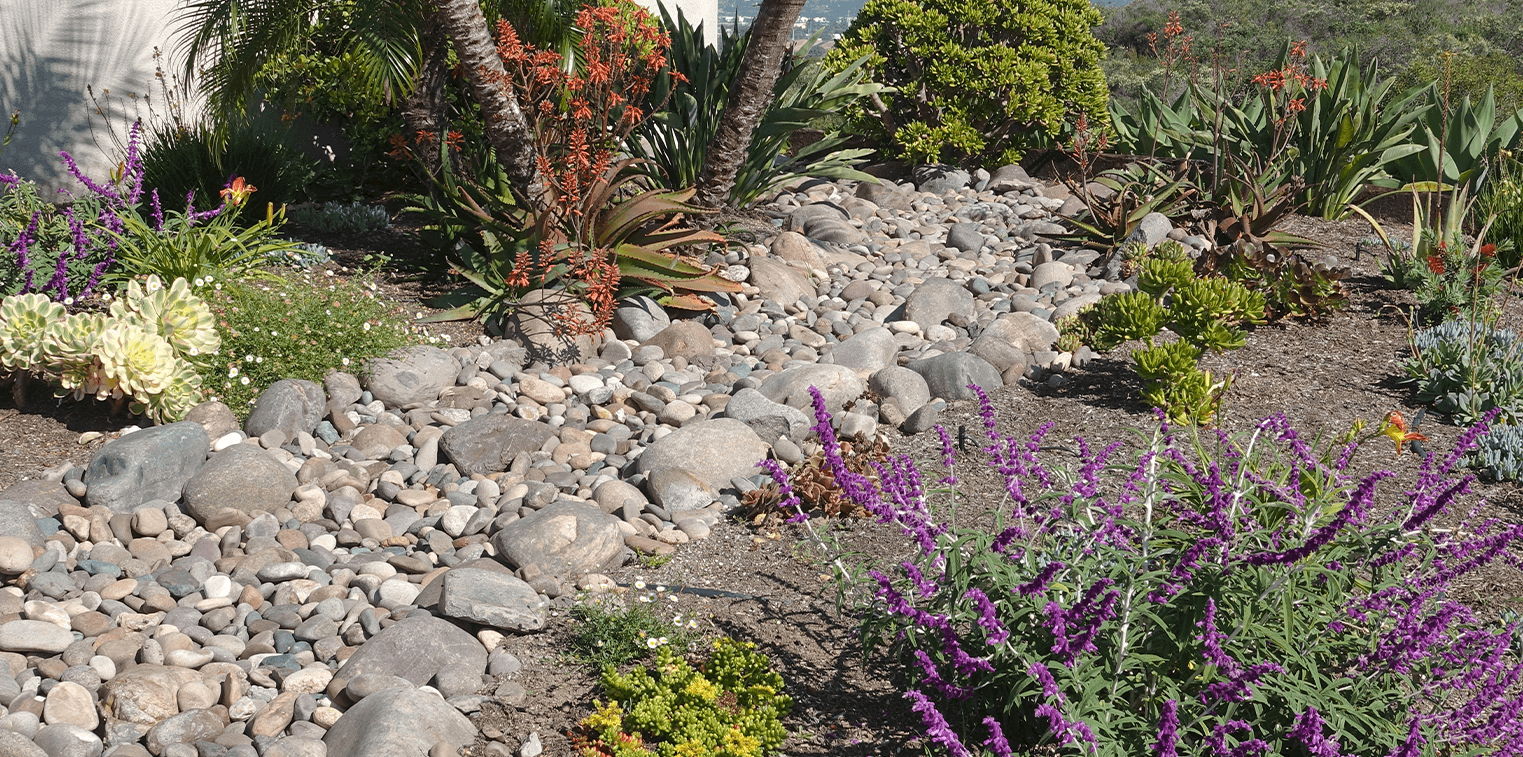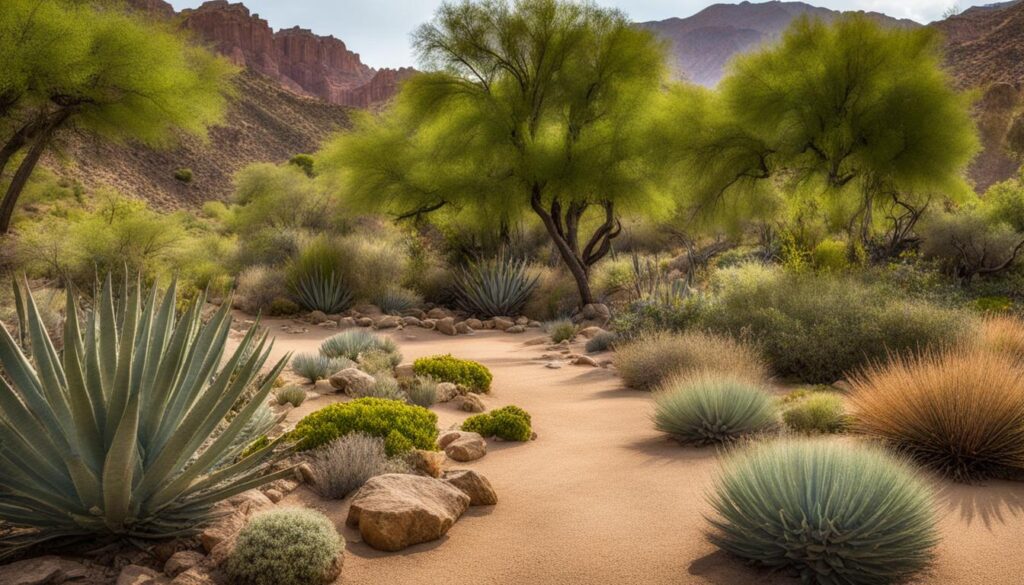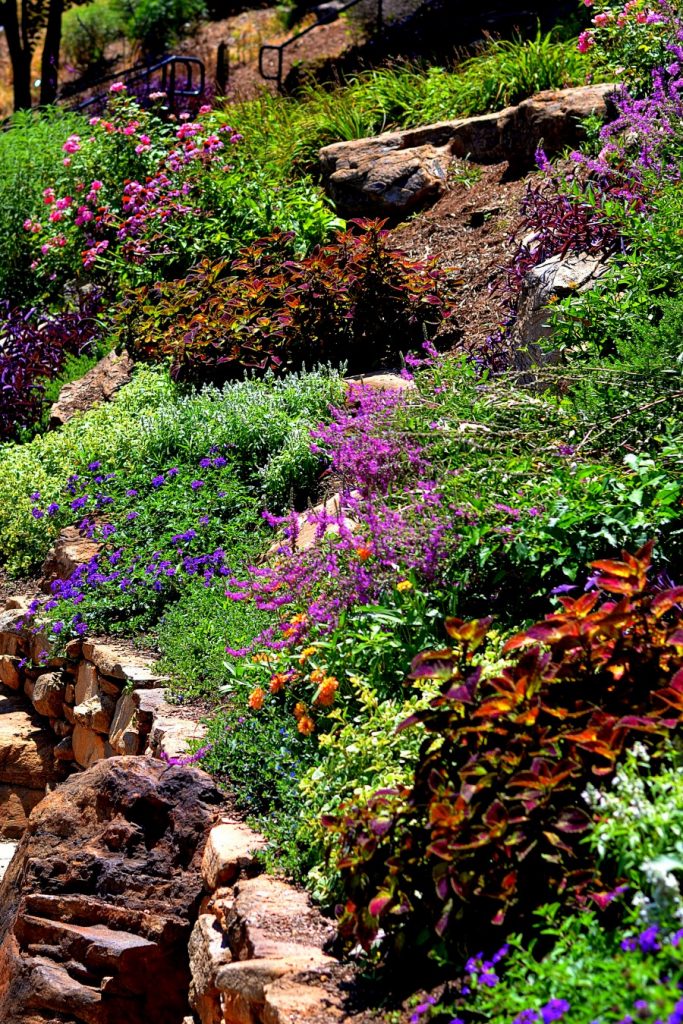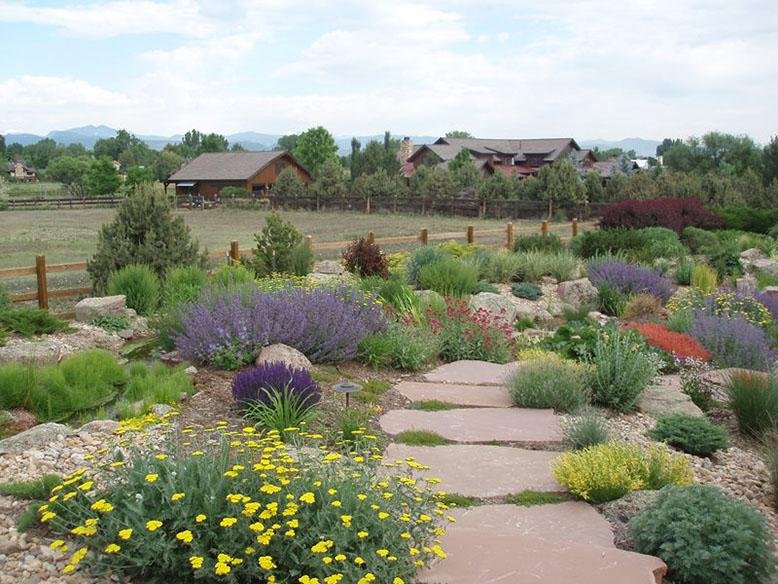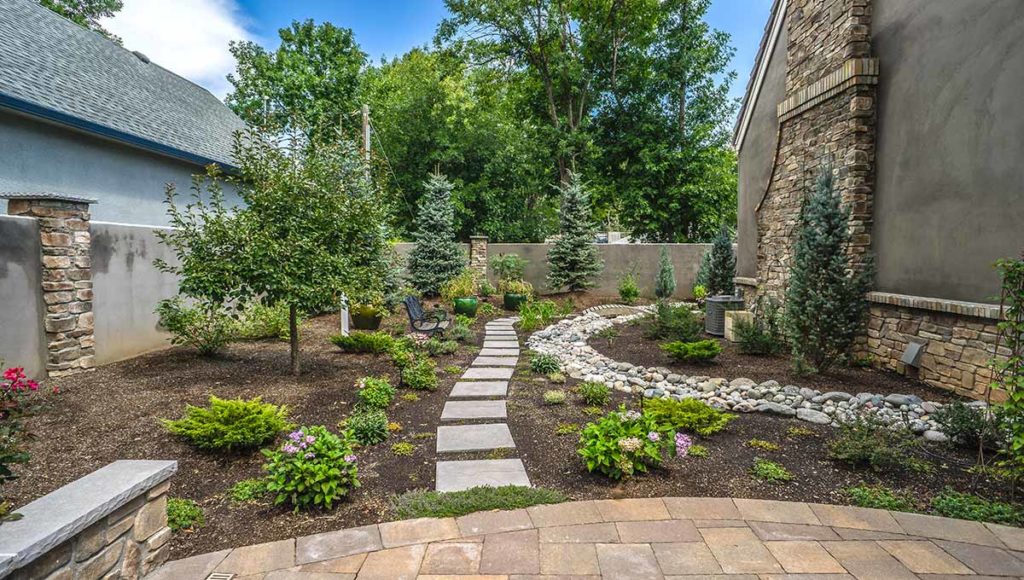Xeriscaping is a landscaping technique that focuses on conserving water by using drought-resistant plants and minimizing the need for irrigation. It is a sustainable and environmentally-friendly approach to gardening that has gained popularity in recent years. The term "xeriscaping" comes from the Greek word "xeros," meaning dry, and "scape," meaning scene or view.What is Xeriscaping?
Xeriscaping offers numerous benefits, making it a popular choice among homeowners and landscapers. One of the main advantages is water conservation. By using drought-resistant plants and efficient irrigation methods, xeriscaping can reduce water usage by up to 60%. This not only helps the environment but also saves money on water bills. In addition, xeriscaping requires less maintenance compared to traditional landscaping. The use of native plants means they are better adapted to the local climate and require less watering, fertilizing, and pruning. This can save homeowners time and effort in maintaining their gardens. Another benefit of xeriscaping is its cost-effectiveness. While the initial installation may be more expensive, the long-term savings on water and maintenance costs make it a cost-effective choice in the long run. Xeriscaping can also increase property value and curb appeal, making it a worthwhile investment.Benefits of Xeriscaping
There are several techniques used in xeriscaping to conserve water and create a sustainable landscape. One of the main techniques is soil improvement. By adding organic matter to the soil, it can retain moisture and nutrients, reducing the need for irrigation. Another technique is mulching, which involves covering the soil with a layer of organic material such as bark or compost. This helps to retain moisture and suppress weed growth, reducing the need for watering and weeding. Other techniques include grouping plants with similar water needs together, using efficient irrigation systems such as drip irrigation, and creating natural drainage systems to prevent water runoff.Xeriscaping Techniques
Choosing the right plants is crucial in xeriscaping. The key is to select plants that are drought-resistant, native to the area, and can thrive in the local climate. Some popular choices for xeriscaping plants include succulents, cacti, lavender, and yarrow. These plants have deep root systems and can survive with minimal water. It is also important to consider plant placement and grouping in xeriscaping. Plants with similar water needs should be grouped together, and the use of shade plants can help reduce water evaporation and protect more delicate plants.Xeriscaping Plants
When it comes to designing a xeriscape garden, there are a few key principles to keep in mind. The first is to choose a variety of plants that bloom at different times of the year to create interest and color throughout the seasons. Another important aspect is the use of hardscaping elements such as rocks, gravel, and pathways. These not only add visual interest but also help to retain moisture in the soil. It is also important to consider the natural landscape and incorporate it into the design. For example, using a slope to create a natural drainage system or incorporating existing trees into the design.Xeriscaping Design
There are countless xeriscaping ideas that can be implemented in a garden. For a low-maintenance option, consider creating a rock garden with drought-resistant plants and succulents. This not only adds visual interest but also requires minimal watering and maintenance. Another idea is to create a rain garden, which is a low-lying area that collects and filters rainwater. This can help prevent water runoff and provide a habitat for native plants and wildlife. For a more traditional look, consider using native grasses and wildflowers in a meadow-style garden. This not only requires minimal maintenance but also provides a habitat for pollinators and other wildlife.Xeriscaping Ideas
Here are a few xeriscaping tips to keep in mind when planning and maintaining a xeriscape garden:Xeriscaping Tips
The cost of xeriscaping can vary depending on factors such as the size of the garden, the plants and materials used, and labor costs. While the initial installation may be more expensive than traditional landscaping, the long-term savings on water and maintenance costs make it a cost-effective choice in the long run. Homeowners can also save money by doing some of the work themselves, such as planting and mulching.Xeriscaping Cost
There are several key differences between xeriscaping and traditional landscaping. Traditional landscaping typically involves the use of non-native plants, extensive irrigation, and regular maintenance such as mowing and fertilizing. Xeriscaping, on the other hand, focuses on using drought-resistant plants, efficient irrigation methods, and minimal maintenance. It is also more environmentally-friendly and cost-effective in the long run.Xeriscaping vs. Traditional Landscaping
To get a better idea of what xeriscaping looks like in practice, here are a few xeriscaping examples to inspire you:Xeriscaping Examples
The Benefits of Xeriscaping for Sustainable House Design

Saving Water and Money
 One of the main advantages of xeriscaping for house design is its ability to save water and money. Xeriscaping is a landscaping method that uses plants that are native to the area and are well adapted to the local climate, reducing the need for excessive watering. This not only helps conserve water, but also saves money on water bills. In fact, studies have shown that xeriscaping can reduce water usage by up to 50-75%. With the increasing concern for water scarcity, xeriscaping is becoming a popular choice for those looking to design a sustainable and eco-friendly house.
One of the main advantages of xeriscaping for house design is its ability to save water and money. Xeriscaping is a landscaping method that uses plants that are native to the area and are well adapted to the local climate, reducing the need for excessive watering. This not only helps conserve water, but also saves money on water bills. In fact, studies have shown that xeriscaping can reduce water usage by up to 50-75%. With the increasing concern for water scarcity, xeriscaping is becoming a popular choice for those looking to design a sustainable and eco-friendly house.
Low Maintenance and Drought-Resistant
 Another benefit of xeriscaping is its low maintenance requirements. Traditional lawns and gardens often require regular watering, mowing, and fertilizing, which can be time-consuming and expensive. Xeriscaping, on the other hand, requires minimal maintenance once the plants are established. Native plants used in xeriscaping are also naturally drought-resistant, meaning they can survive with little to no watering during dry periods. This makes xeriscaping a practical and sustainable choice for house design, especially in areas prone to drought.
Another benefit of xeriscaping is its low maintenance requirements. Traditional lawns and gardens often require regular watering, mowing, and fertilizing, which can be time-consuming and expensive. Xeriscaping, on the other hand, requires minimal maintenance once the plants are established. Native plants used in xeriscaping are also naturally drought-resistant, meaning they can survive with little to no watering during dry periods. This makes xeriscaping a practical and sustainable choice for house design, especially in areas prone to drought.
Enhancing Biodiversity and Supporting Wildlife
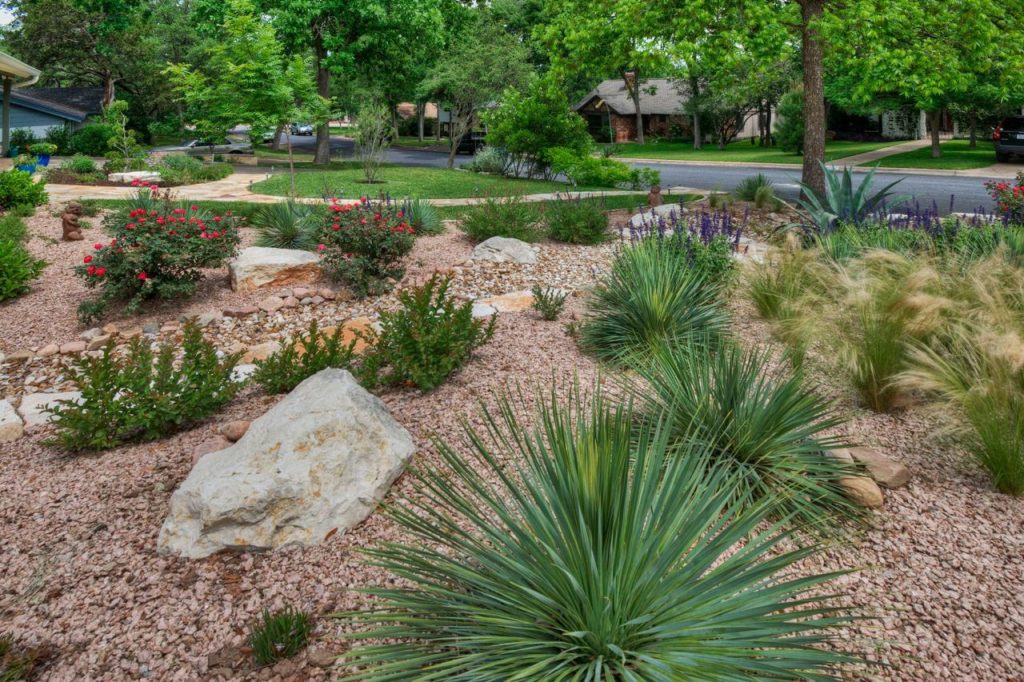 Xeriscaping also has environmental benefits. By using native plants, xeriscaping can help enhance biodiversity and support local wildlife. Native plants provide food and shelter for local birds, insects, and other animals, which in turn helps maintain a healthy ecosystem. In contrast, traditional lawns and gardens often use non-native plants that can negatively impact local wildlife and contribute to the decline of pollinator populations. By choosing xeriscaping for house design, homeowners can help create a more sustainable and biodiverse environment.
Xeriscaping also has environmental benefits. By using native plants, xeriscaping can help enhance biodiversity and support local wildlife. Native plants provide food and shelter for local birds, insects, and other animals, which in turn helps maintain a healthy ecosystem. In contrast, traditional lawns and gardens often use non-native plants that can negatively impact local wildlife and contribute to the decline of pollinator populations. By choosing xeriscaping for house design, homeowners can help create a more sustainable and biodiverse environment.
Improving Air Quality and Reducing Pollution
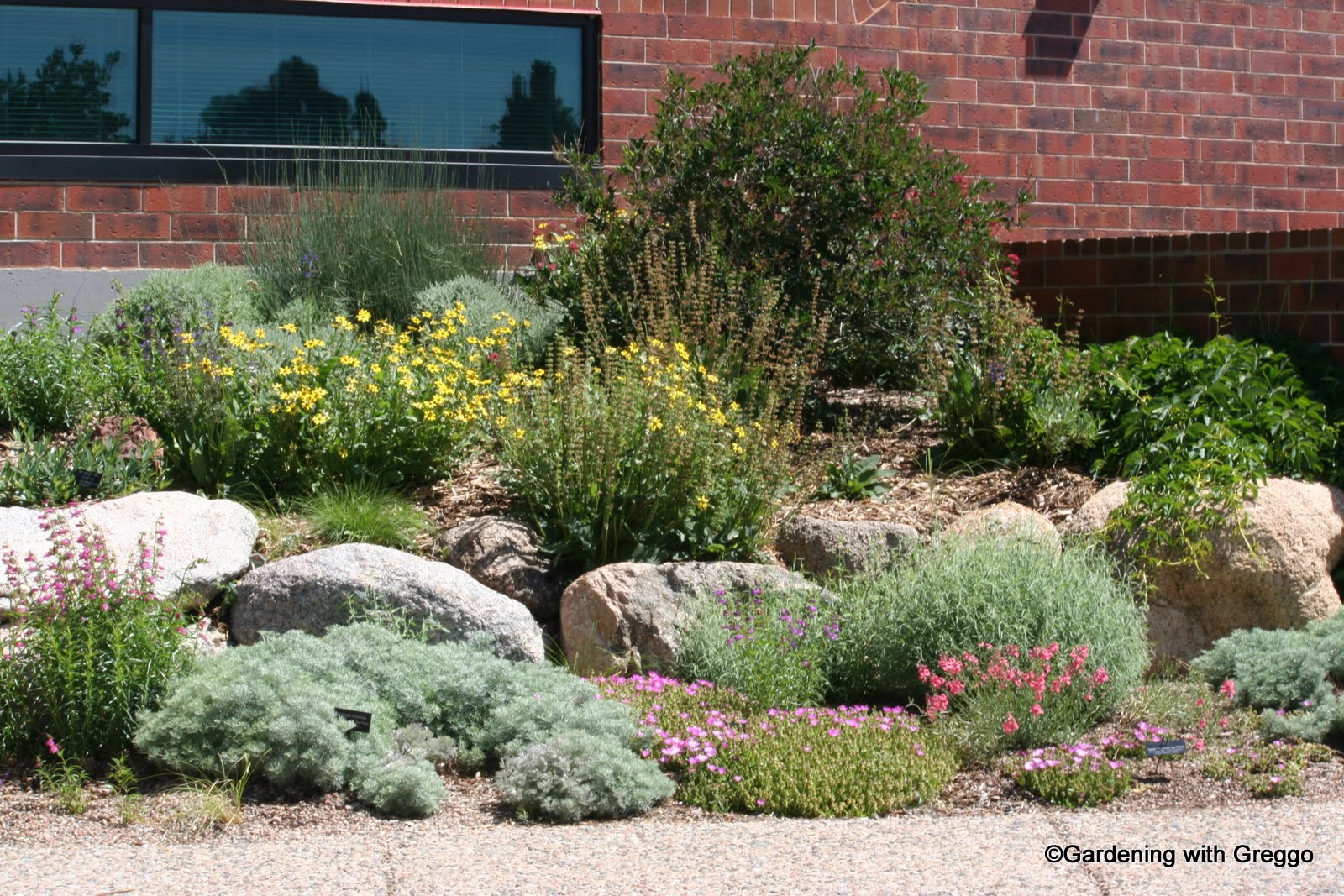 In addition to its benefits for water conservation and biodiversity, xeriscaping also helps improve air quality and reduce pollution. Traditional lawns and gardens often require the use of gas-powered lawn mowers and other equipment, which emit harmful pollutants into the air. Xeriscaping, on the other hand, requires minimal use of such equipment, reducing air pollution and improving the overall air quality in the surrounding area. This makes xeriscaping not only a sustainable choice for house design, but also a healthier one for both humans and the environment.
In addition to its benefits for water conservation and biodiversity, xeriscaping also helps improve air quality and reduce pollution. Traditional lawns and gardens often require the use of gas-powered lawn mowers and other equipment, which emit harmful pollutants into the air. Xeriscaping, on the other hand, requires minimal use of such equipment, reducing air pollution and improving the overall air quality in the surrounding area. This makes xeriscaping not only a sustainable choice for house design, but also a healthier one for both humans and the environment.
Conclusion
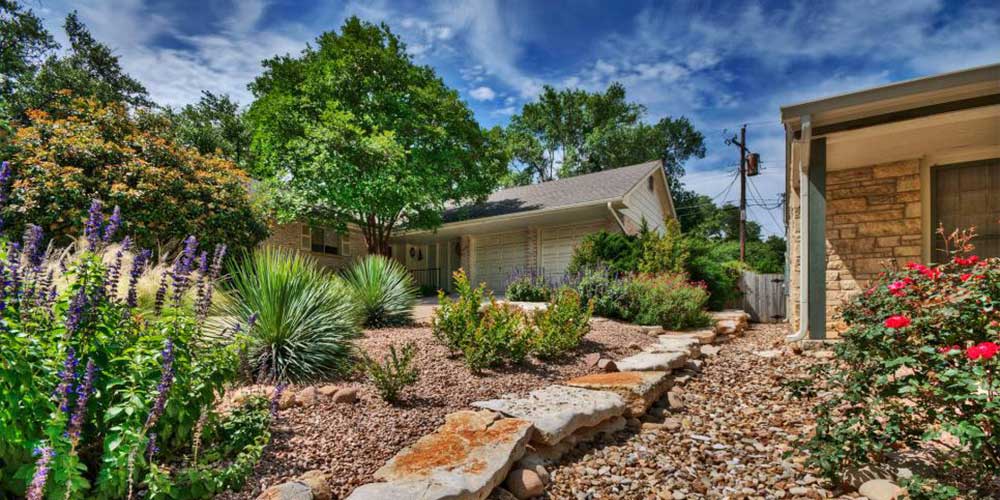 Xeriscaping offers numerous benefits for sustainable house design, from water and cost savings to environmental and health advantages. By choosing xeriscaping, homeowners can not only create a beautiful and low maintenance landscape, but also contribute to a more sustainable and eco-friendly world. So, why not consider xeriscaping for your next house design project and make a positive impact on the environment?
Xeriscaping offers numerous benefits for sustainable house design, from water and cost savings to environmental and health advantages. By choosing xeriscaping, homeowners can not only create a beautiful and low maintenance landscape, but also contribute to a more sustainable and eco-friendly world. So, why not consider xeriscaping for your next house design project and make a positive impact on the environment?
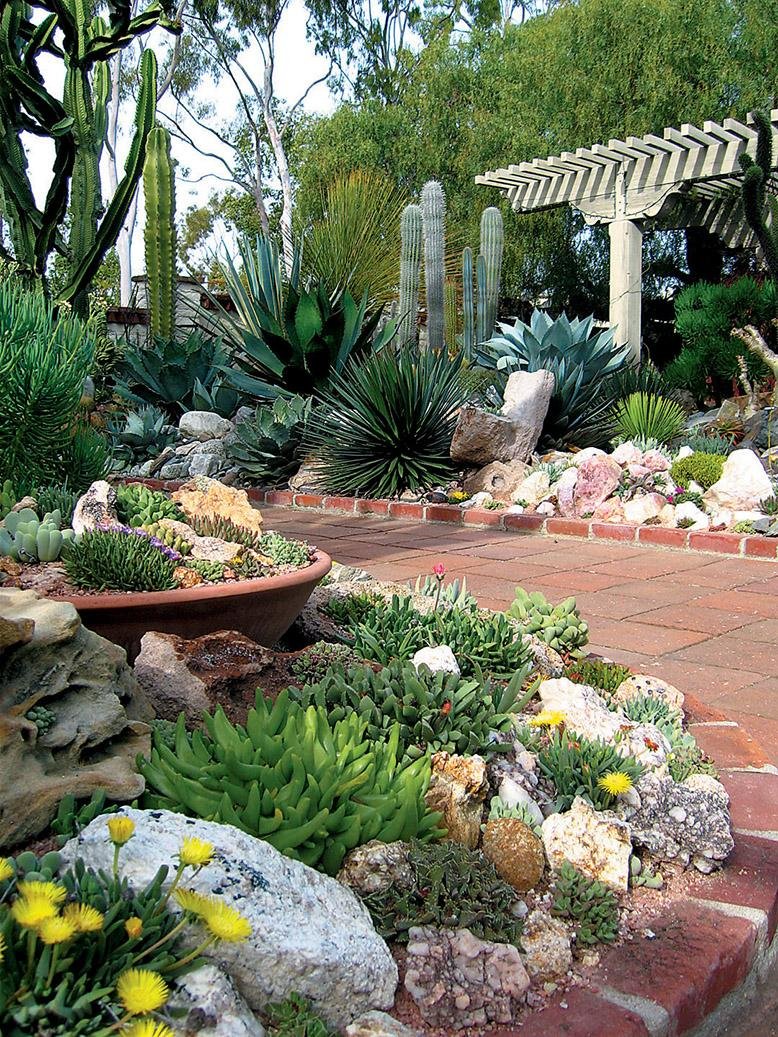

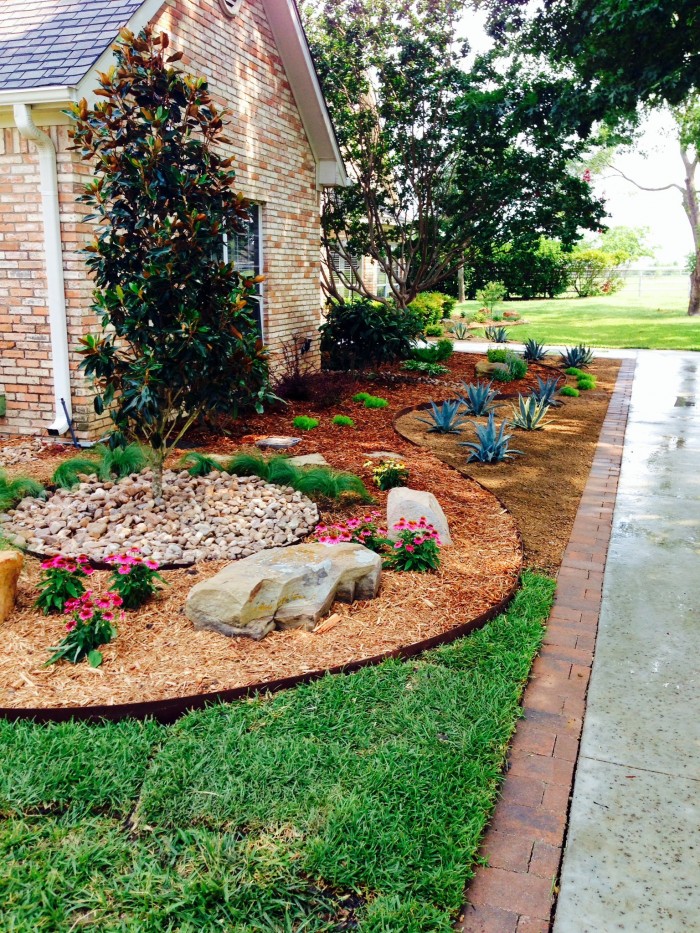
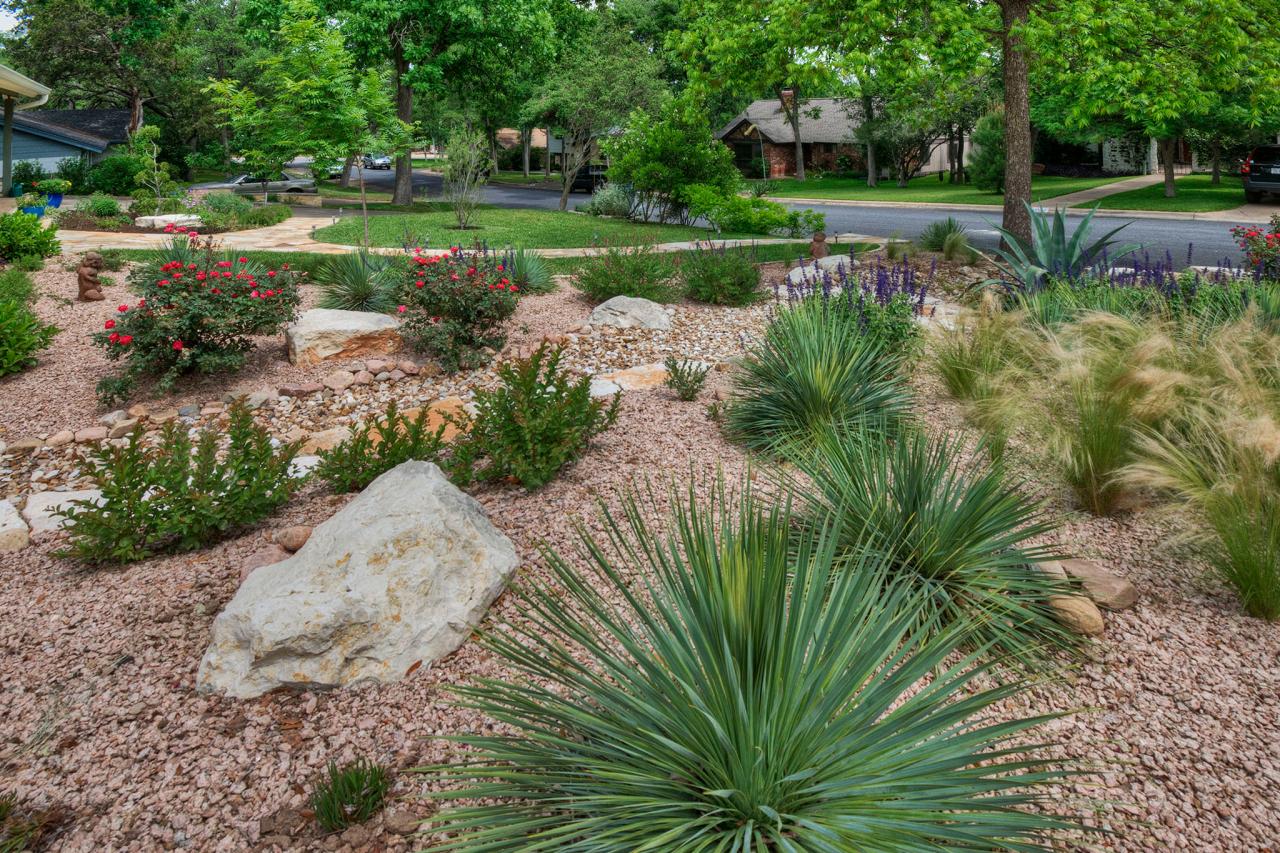







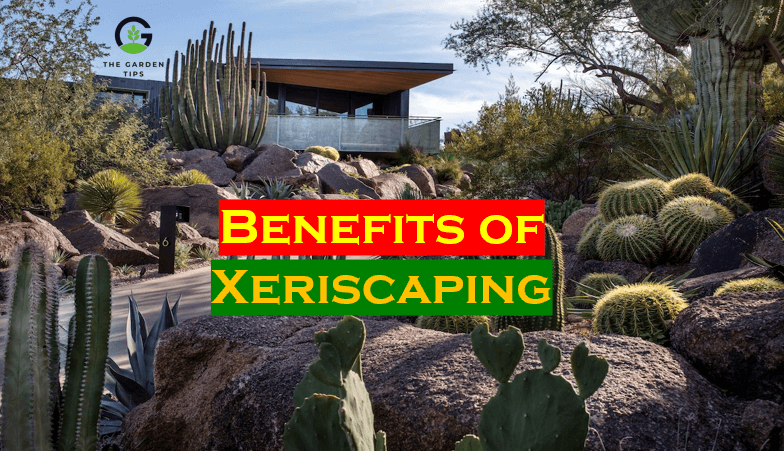
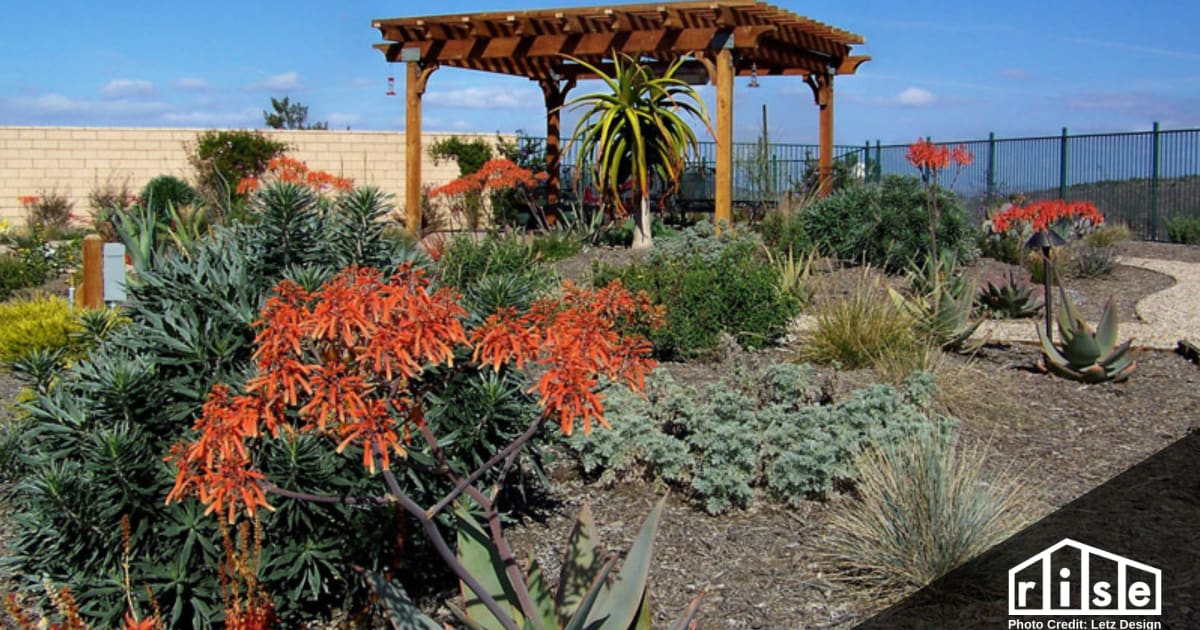
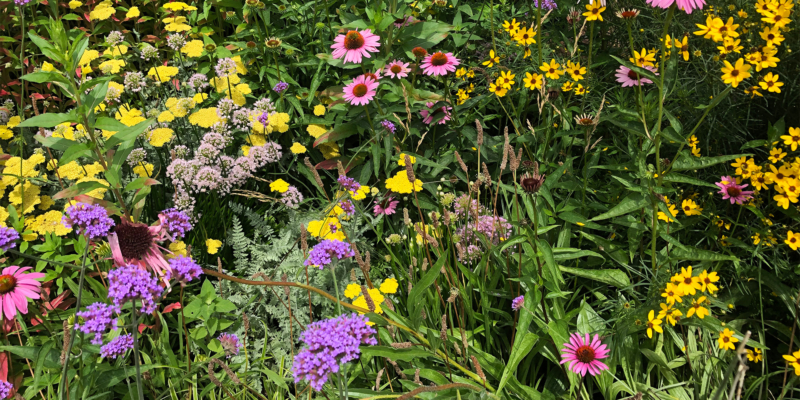

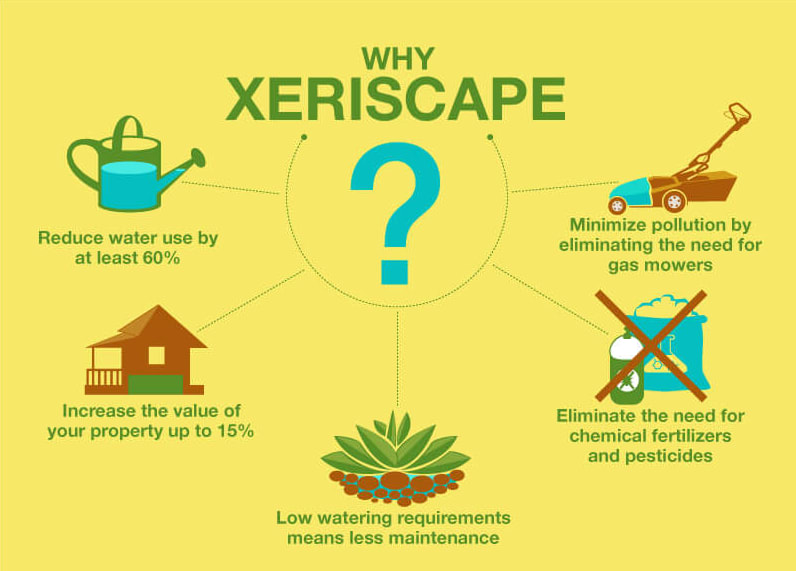
:max_bytes(150000):strip_icc()/xeriscaping-627447518-a0753be66d644f5cb7431545446f1933.jpg)

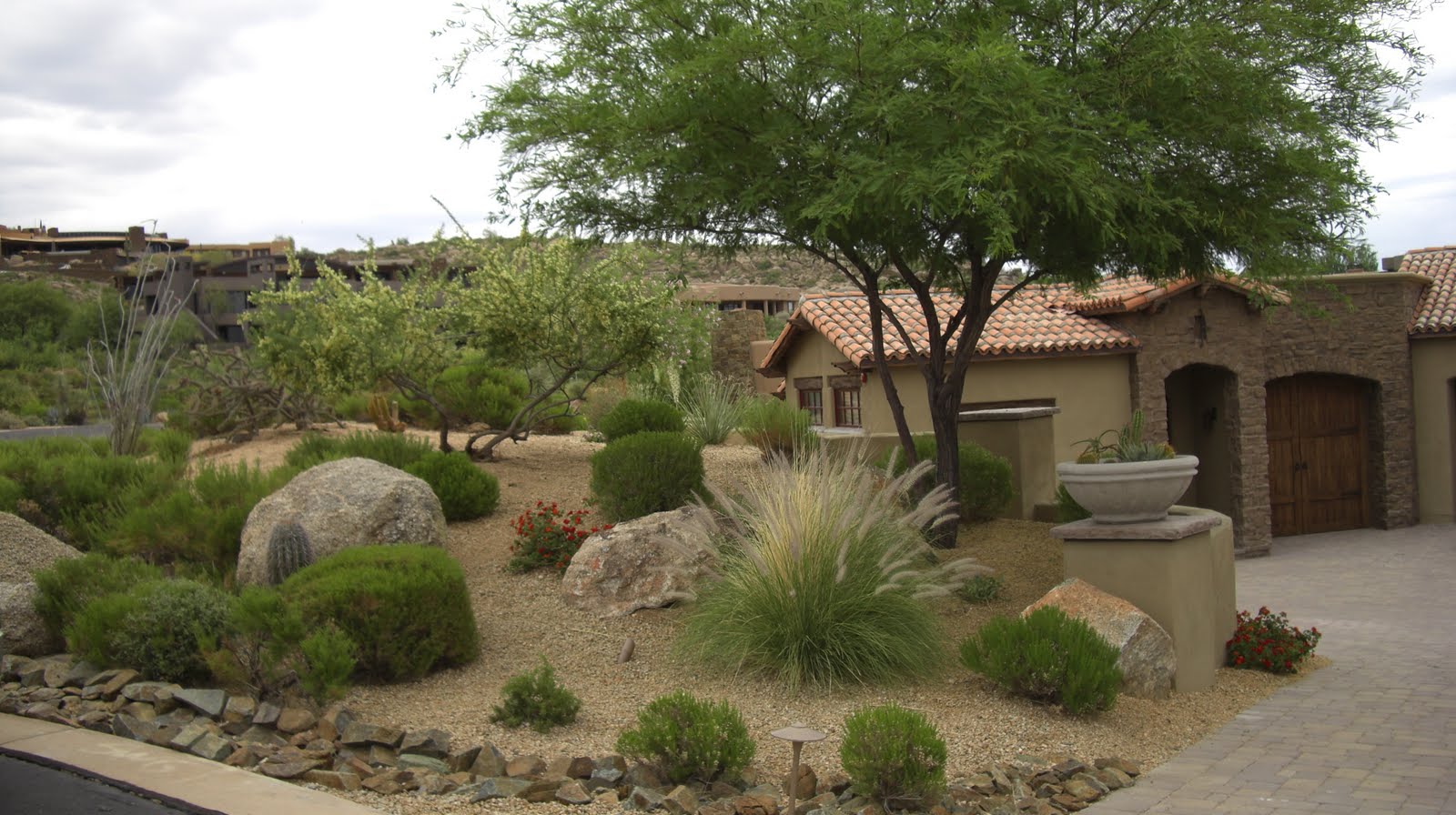
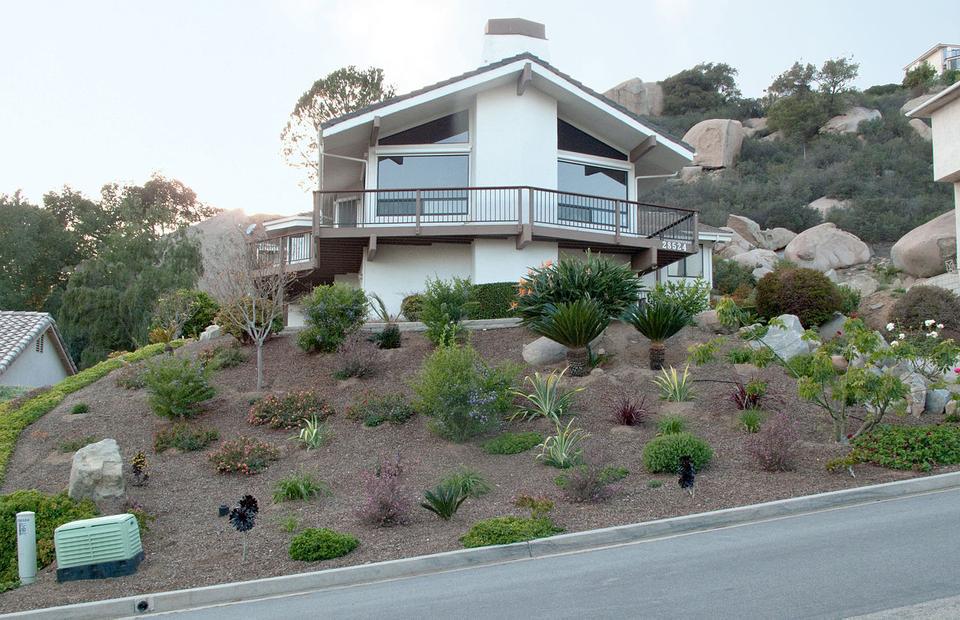











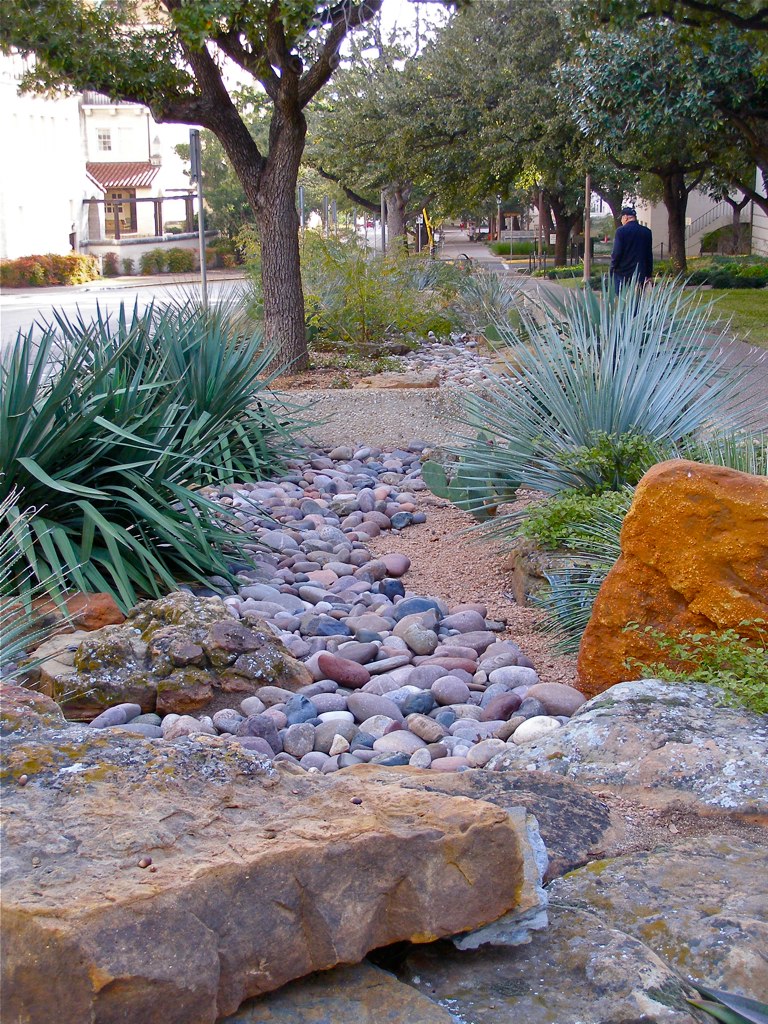
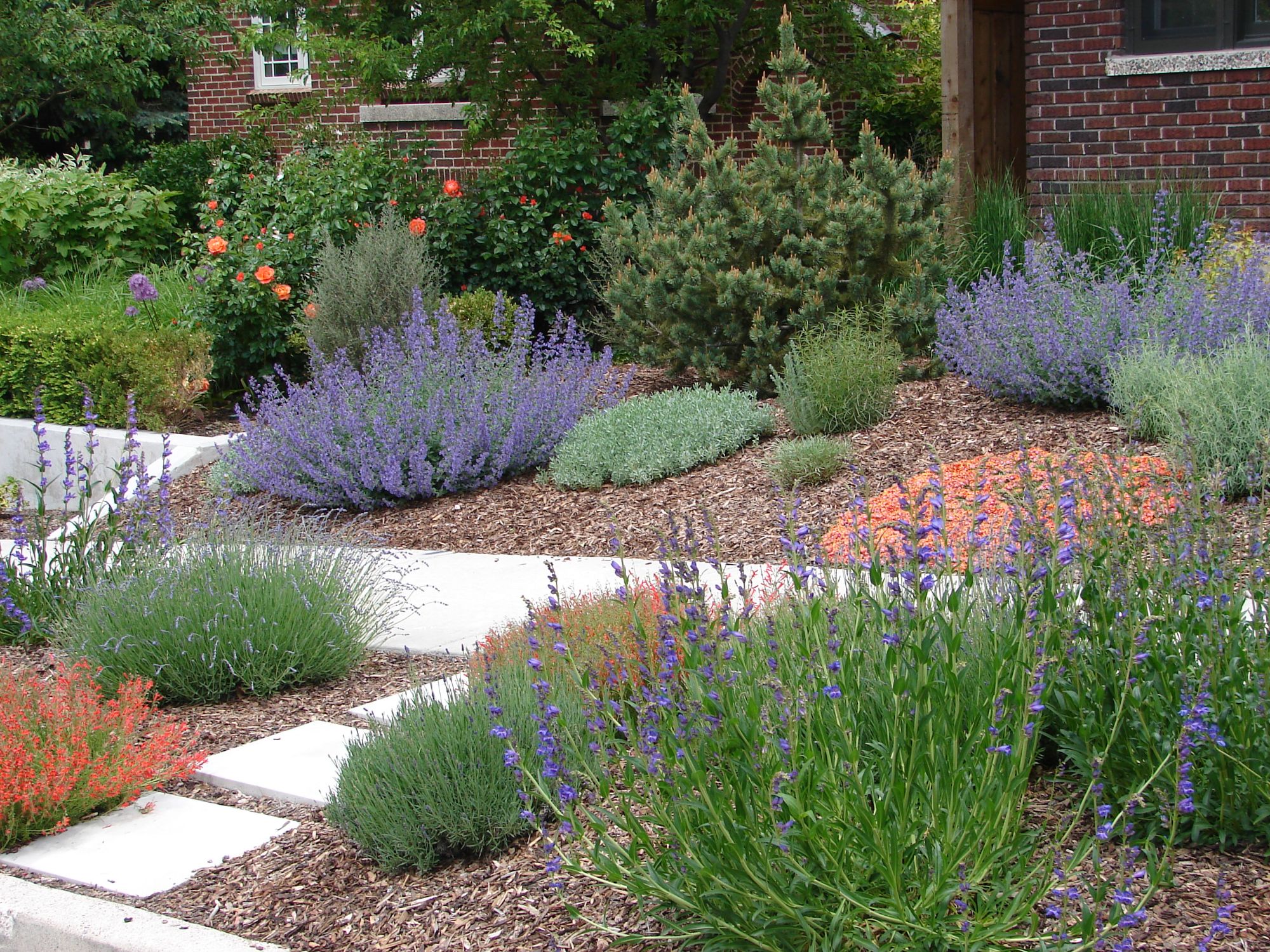

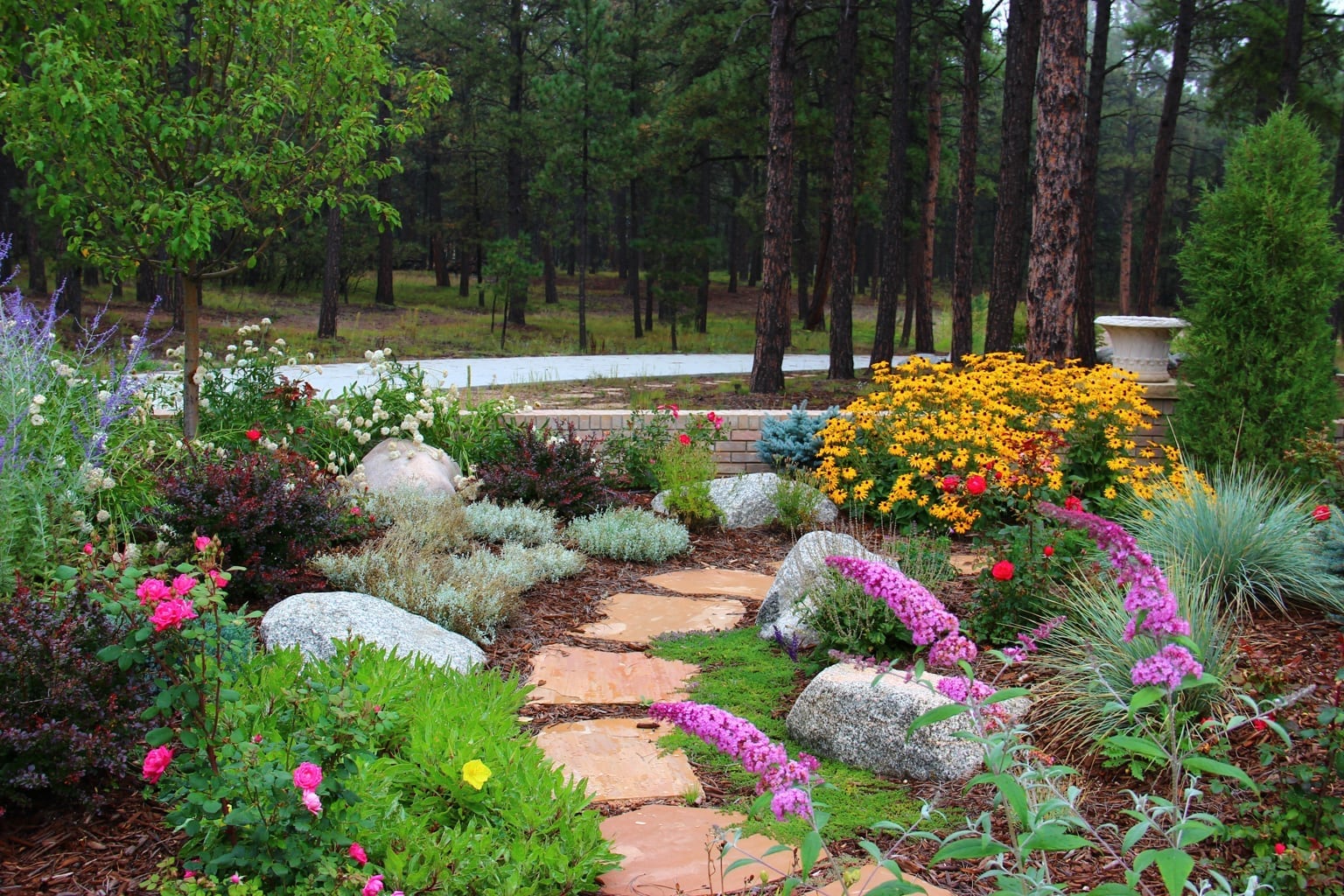

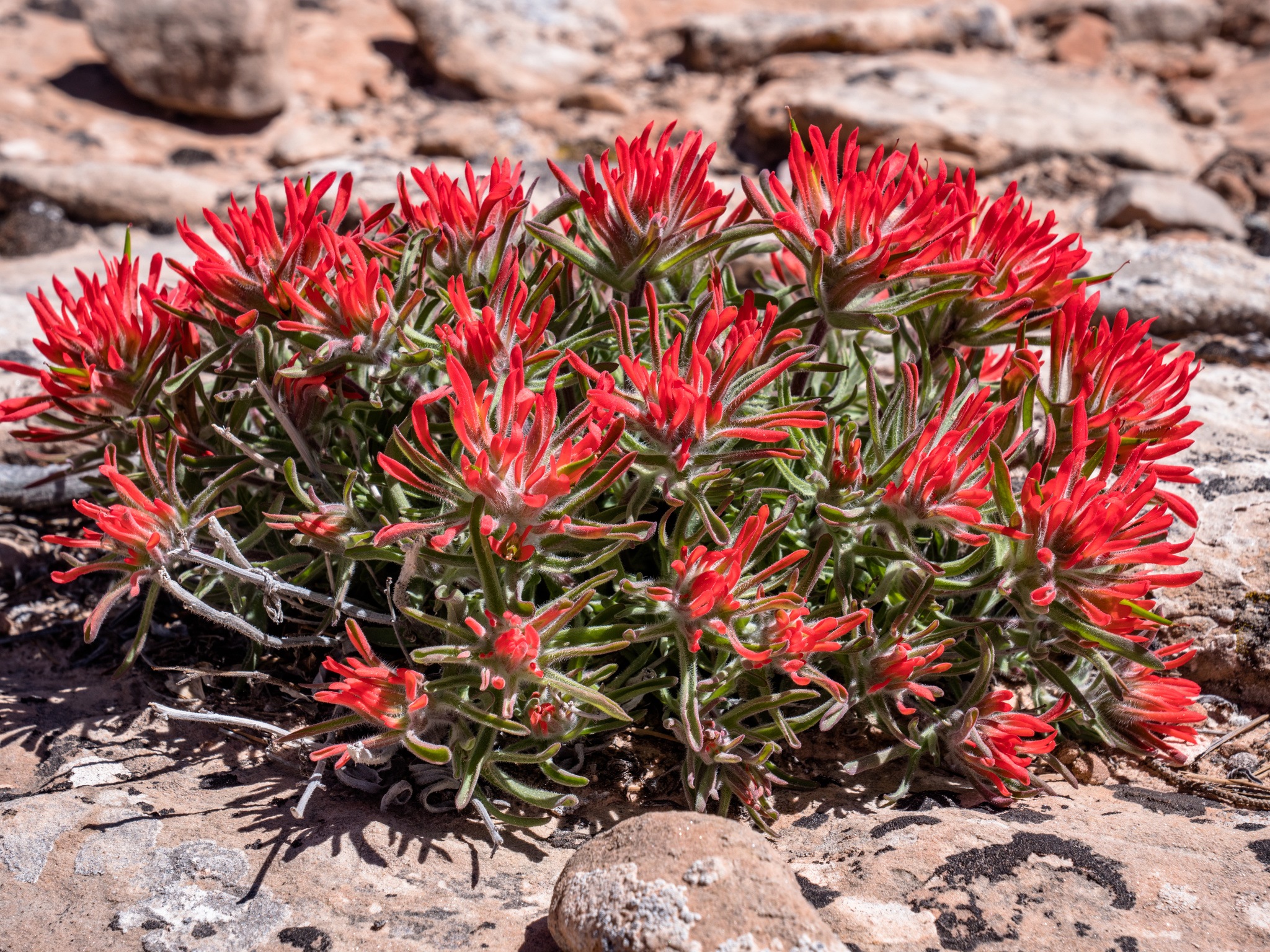

.jpg)

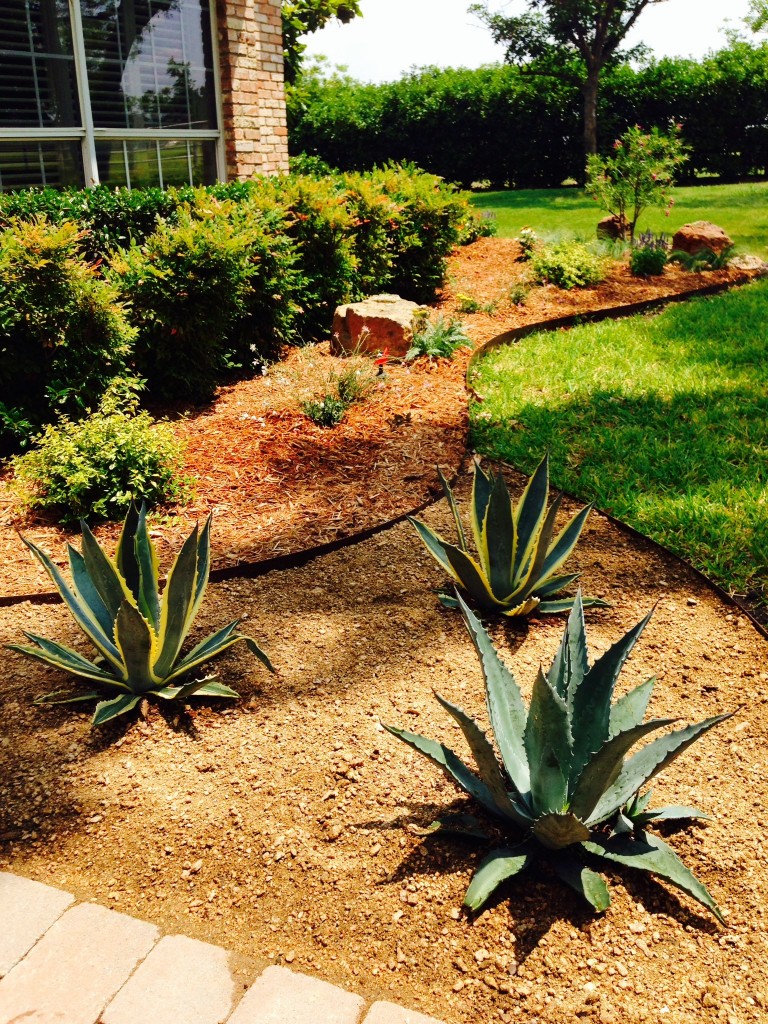






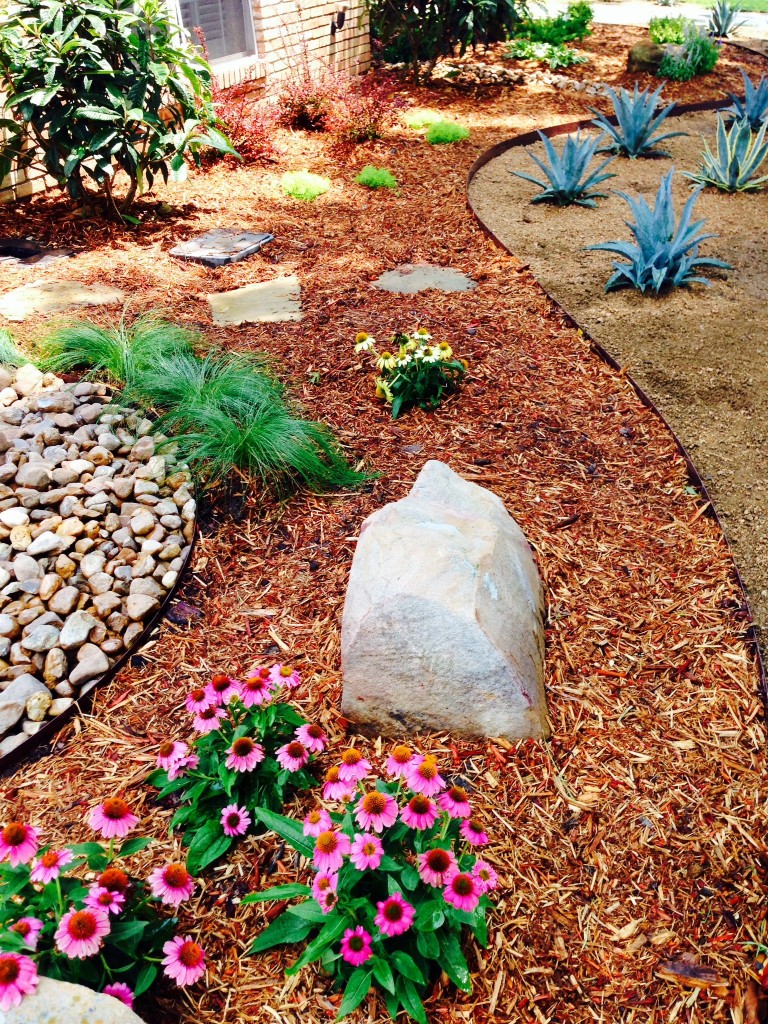







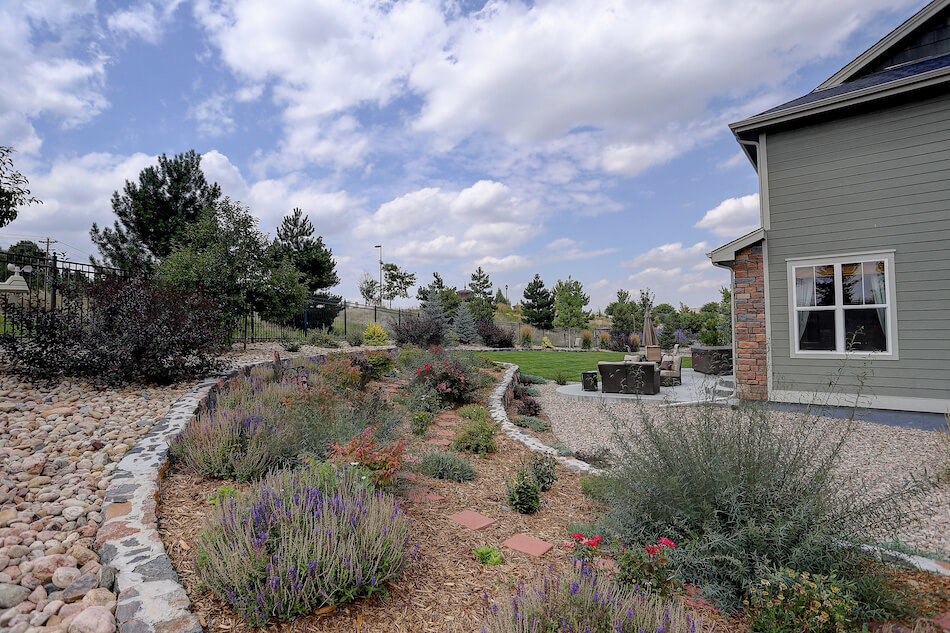

:max_bytes(150000):strip_icc()/xeriscaping-627447518-a0753be66d644f5cb7431545446f1933.jpg)
